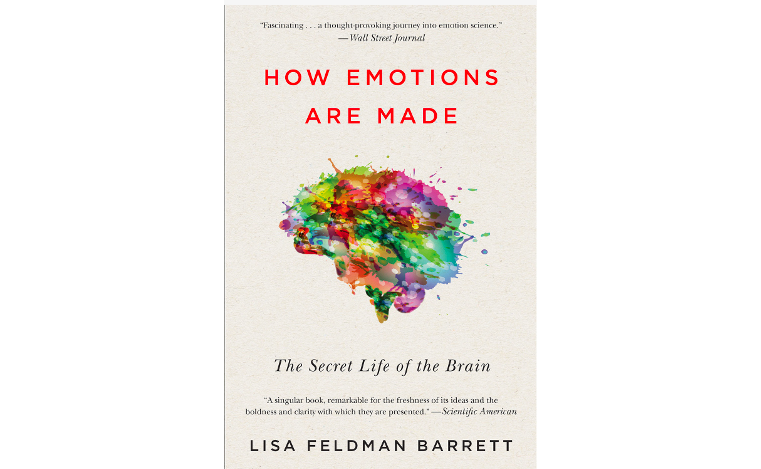How Emotions Are Made
A radical new theory on what emotions are, where they come from, and how they shape our lives.

Thinking about emotions in a structured way is important because it gives you a framework for understanding what you're feeling and why. It also helps you develop a richer emotional life that translates to more long-term satisfaction.
A good starting place to delve into the latest research on emotions, which breaks from many of our most firmly held ideas about how emotions work.
Pixar's Inside Out is a great illustration of the classical model of emotion, which assumes that our actions are controlled by a number of basic emotions – Joy, Sadness, Fear, Disgust, and Anger.

This aligns with our intuitive sense of how emotions work and makes for great entertainment. The not-so-great part is that researchers studying emotions have spent a century essentially taking this model at face value and searching for these characters in the brain.
In her phenomenal book How Emotions Are Made, Dr. Lisa Feldman Barrett proposes a radical new theory on what emotions are, where they come from, and how they shape our lives.
Emotions are predictions
Rather than thinking of emotions as labels like happy or sad, Dr. Barrett describes three basic "ingredients" that make up the mental experience that we call emotion:
- internal sensations from our body (e.g. Am I alert or calm?; Do I feel pleasant or unpleasant?)
- sensory information from the outside world (e.g. Where am I?; Who am I around?; What is that sound?)
- mental representations from past experiences (e.g. What is this like?; How do I expect to feel? )
Using these three sources, your brain proactively predicts what emotion is most appropriate for the situation and you start to experience that emotion.
This probably doesn't align with your intuition; we usually think about emotions as reactions to external events. The reality is that predictions allow us to respond much faster and more efficiently than if we were to react to everything in real time.
Emotions as concepts
In fact, your brain is always using past experiences to predict and create your current experience.
"When you see something new, your brain doesn’t ask “What is this?”; it asks “What is this like?”. In other words, your brain is constantly trying to put everything you perceive into an existing category. This is much easier than trying to figure out what it is from scratch." – Tiago Forte
The labels or categories your brain forms to make sense of the world around you are called concepts. For example, we have different concepts for plants that serve different purposes – flowers are beautiful plants, weeds are unwanted plants, and salads are plants that we eat.
Emotions could be understood as concepts too. The same bodily sensation of a stomachache could be interpreted as "nervousness" in the context of a date, "hungry" if it's lunchtime, or "feeling sick" if we're in bed with a thermometer.
In all these cases, the emotion you feel is a self-fulfilling prediction about what emotion is best suited to help your body cope with the present moment. Emotions might not feel like concepts because we experience them so intensely, but it's all the same to our predicting brains.
In summary – emotions are created from concepts, which are the predictions that give meaning to our internal bodily sensations in relation to the outside world.
If you want to learn more but aren't willing to read the book, check out Tiago Forte's excellent summary or this 40-minute cinematic lecture by Dr. Barrett.
Friday Brainstorm Newsletter
For more, join 300+ curious people subscribed to the Friday Brainstorm newsletter. It’s one email a month with the most interesting ideas I've found related to science and health.